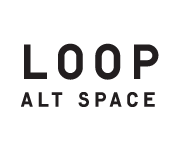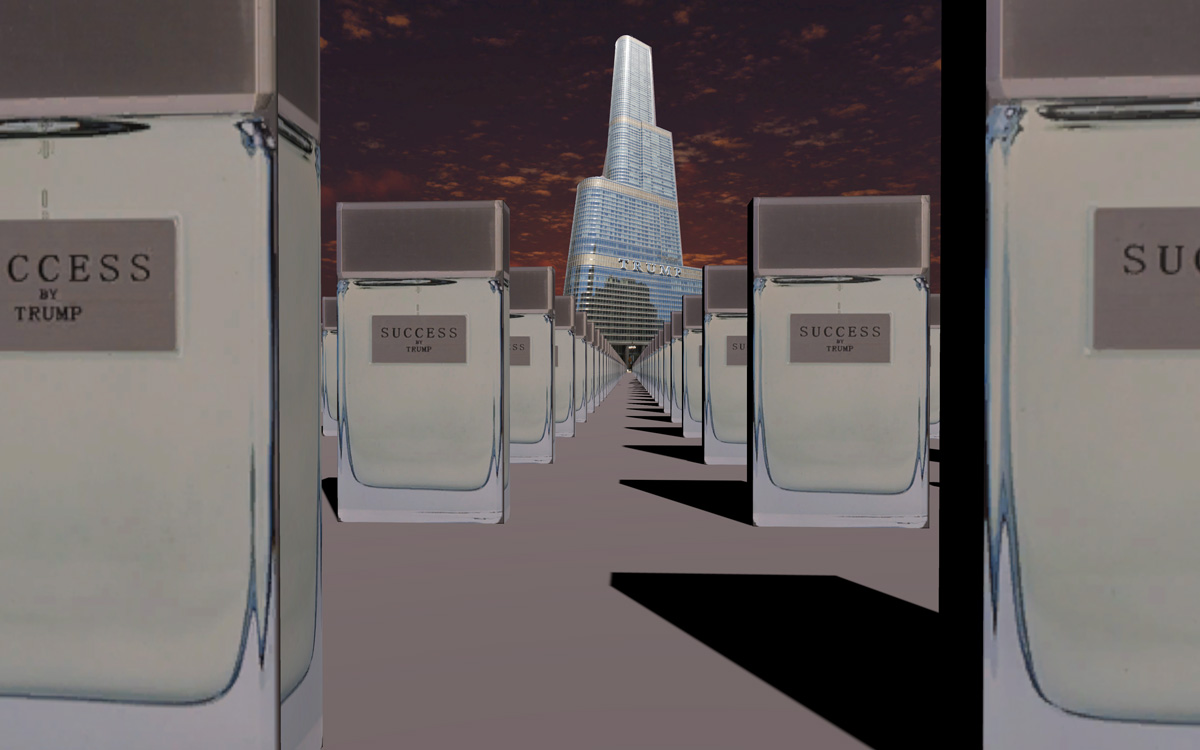

Refugia: Sound Projects by 11 Women Artists
Dates: Feb 17th – Mar 14th, 2021/ *Closed on Mar 1st(Mon)
Media: Seoul Traffic Broadcasting Radio Station (TBS), TBS Cable TV
Exhibition Venue: Alternative Space LOOP
Artists: Jia Chang, Eunji Cho, Shiva Feshareki, Yang Ah Ham, Jeon Mirai, Christina Kubisch, Seulgi Lee, Young Joo Lee, Tania León, Ye-eun Min, Éliane Radigue
Curator: Ji Yoon Yang
Curatorial Statement
Refugia Sound culture today has been overtaken by industrialized popular music, and in this context Theodor Adorno’s concept of a “culture industry,” written off by some as no longer relevant, may offer a fresh perspective on the current situation. Adorno wasn’t slighting popular art when he advocated for high art, he was issuing a warning of the potential ills and destructive power of mass-produced commercial products peddled in the guise of art. Once passionate analyses by the intelligentsia of popular music’s power to resist and its radical potential—as exemplified by “rock spirit” or the spirit of rock n’ roll—have fizzled out over the decades, and the current landscape seems to confirm the prescience of Adorno’s warning. The fact that sound art continued to evolve and flourish all the while, despite the disinterest of and marginalization by the arts world and by industry, may be proof of the potency of ecological cycles. Sound art has consistently dismantled such Western modern mainstream values as evidenced in histories of music comprised entirely of male composers or by an overemphasis on mechanical rationality. Despite a lack of mainstream institutional acknowledgment, sound artists have endeavored to create new noise that disrupts the prevailing status quo. The word refugium refers, in population biology, to a location of a relict population of animal or plant species, where abrupt climate change has led to dwindling populations if not near- extinction. Refugia is a public art project that brings together the sound art of eleven women artists from around the world. The project distances itself from Western mainstream values that have dubbed nature the Mother of Humanity or equate women with nature and speak of earth’s so-called femininity. In gathering the creative work of women artists in one place, we question the capitalist patriarchal system that has suppressed women’s creativity and creative participation in all areas of society. Refugia understands our current crises, including this pandemic, as a consequence of the capitalist patriarchal system. The project is an attempt to imagine a civilization that supersedes the existing system—one that is capital-driven, patriarchal, and focused on technologies of exploitation and accumulation—in favor of one that reaches beyond capital towards the feminine and to technologies of coexistence and sustainability. We search for and propose ways in which we might turn away from considering nature as an object of investments and destructive technologies, and instead move towards technologies for symbiosis; from monopolization and domination towards art beyond capitalism; from patriarchy to femininity; and of putting human needs before profit, solidarity before competition, communal life before possession. In the capitalist patriarchal order, globalization has never stood for coexistence and symbiosis. It has been concerned solely with the global movement of capital and the engulfing of the world’s resources and markets. Over the past decades, globalization has destroyed the better part of the precious small communities that have long existed in the world. The artists taking part in Refugia, as well as being women, have consistently addressed this global crisis through their work and methodology. Readings, soundscapes, the composition of noise, and DJing are some of the ways in which they share their most recent work. In Empty World, Yang Ah Ham reads from a text about greed and competition in the fossil fuel industry. Seulgi Lee’s The Island of Women borrows the explicit lyrics of the songs sung by women of the Penvénan region in Brittany. The work of Éliane Radigue, Tania León, and Christina Kubisch are of particular significance in the history of sound art. Due to current safety restrictions affecting offline exhibitions, Refugia will be made accessible through different platforms. Visitors can visit the venue following social distancing guidelines, access the online exhibition from wherever they may be, or follow the public radio broadcasts on TBS Radio. The radio broadcasts in particular will reach a wider public as they go about their day. We hope to acquaint the general public with this new, unfamiliar audio culture and thereby prompt fundamental questions about existing social systems. Artistic imagination and creativity have always had the potential to question the status quo and to open up new realities, a potential we still strongly believe in.Written by Ji Yoon Yang Director, Alternative Space Loop Translated by Emily Yae Won Lee
Program Schedules
Part1
Eunji Cho, Song for My Twin Octo-8, 2020, Video (sound), 10min 15sec
Shiva Feshareki, Vapour, 2020, Sound, 4min 37sec
Yang Ah Ham, Empty World, 2020, Video (sound), 3min
Young Joo Lee, Black Snow, 2019, Video (Digital Animation), 11min 10sec
Éliane Radigue, Biogenesis, 1996, Sound, 21min
Part2
Ye-eun Min, ige majna(Is This Right), 2012, Video (sound), 3 min 14sec
Seulgi Lee, The Island of Women or ÎLE AUX FEMMES, Video (sound), 2019, 13 min 30sec
Tania León, Horizon, 2008, Sound, 8min 56sec
Christina Kubisch, Tesla’s Dream, 2014, Sound, 22min 56sec
Exhibition Quick Guide ↓


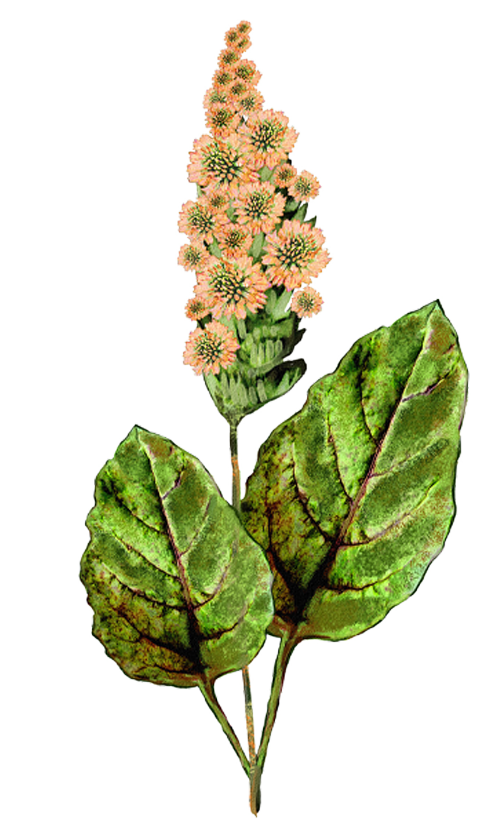
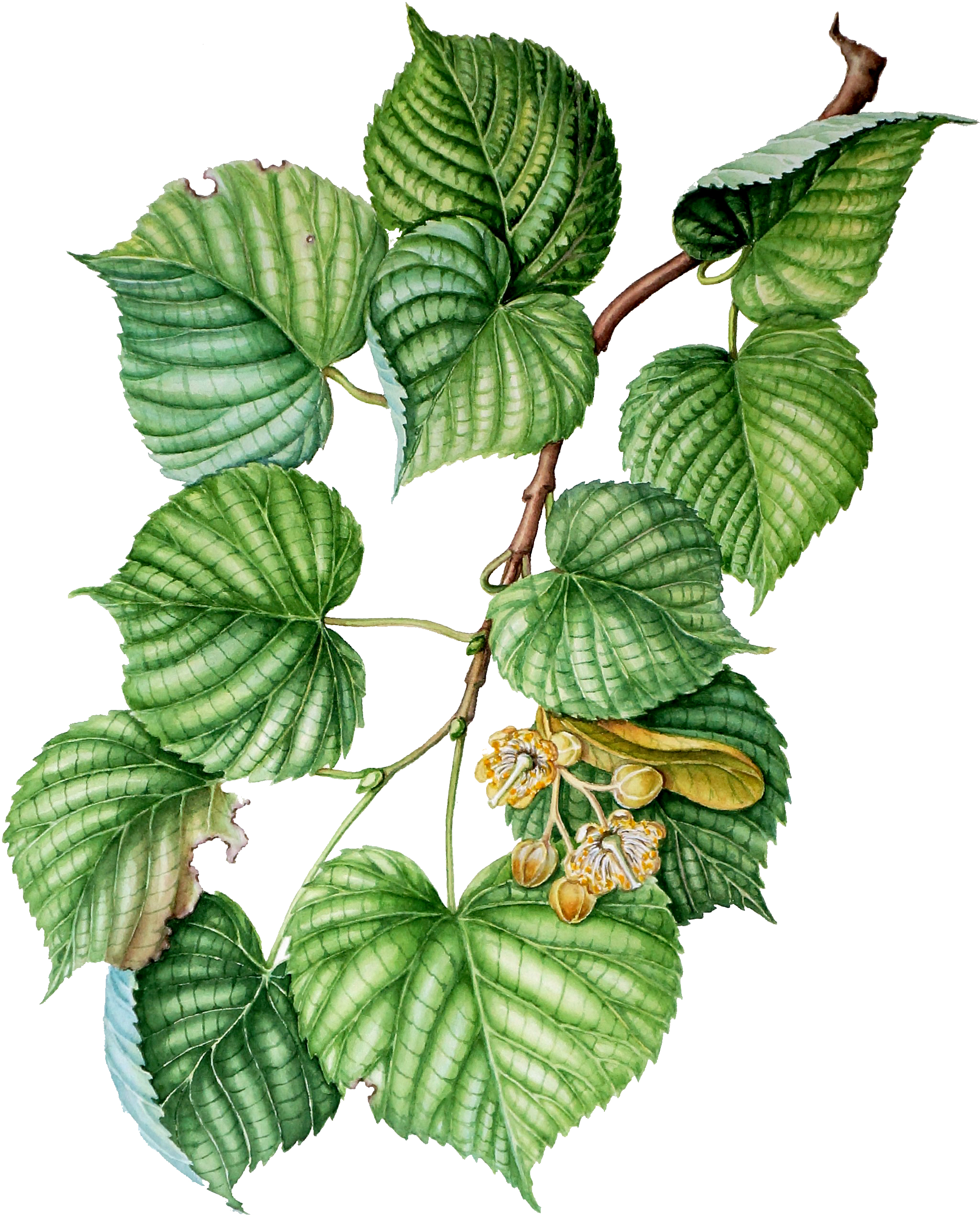
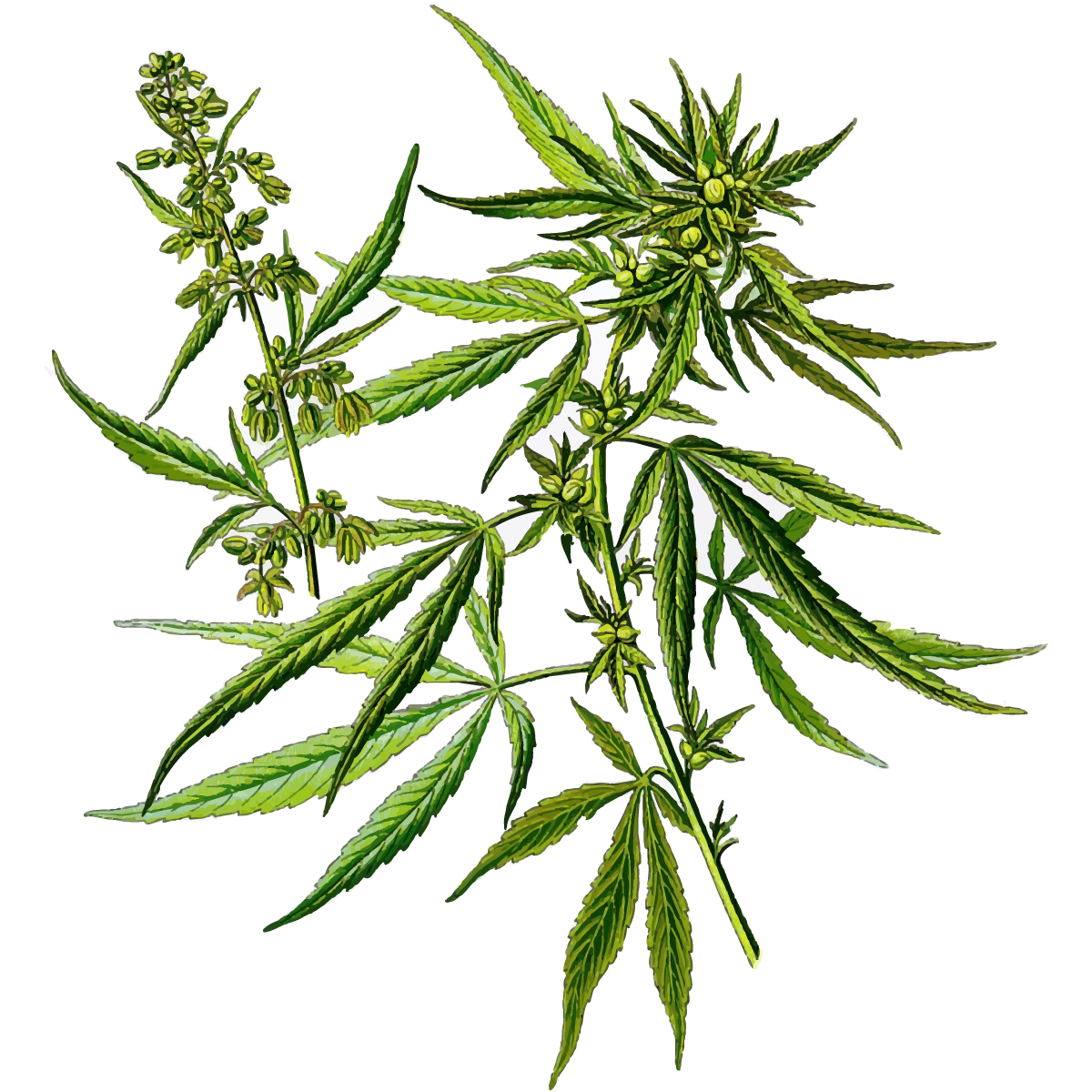
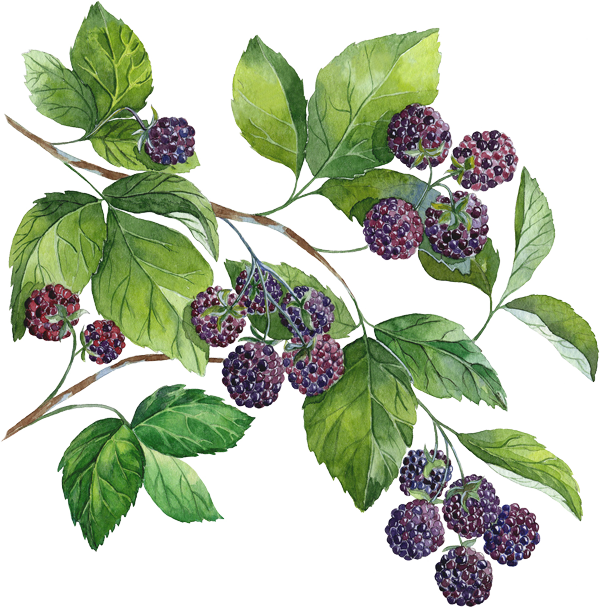
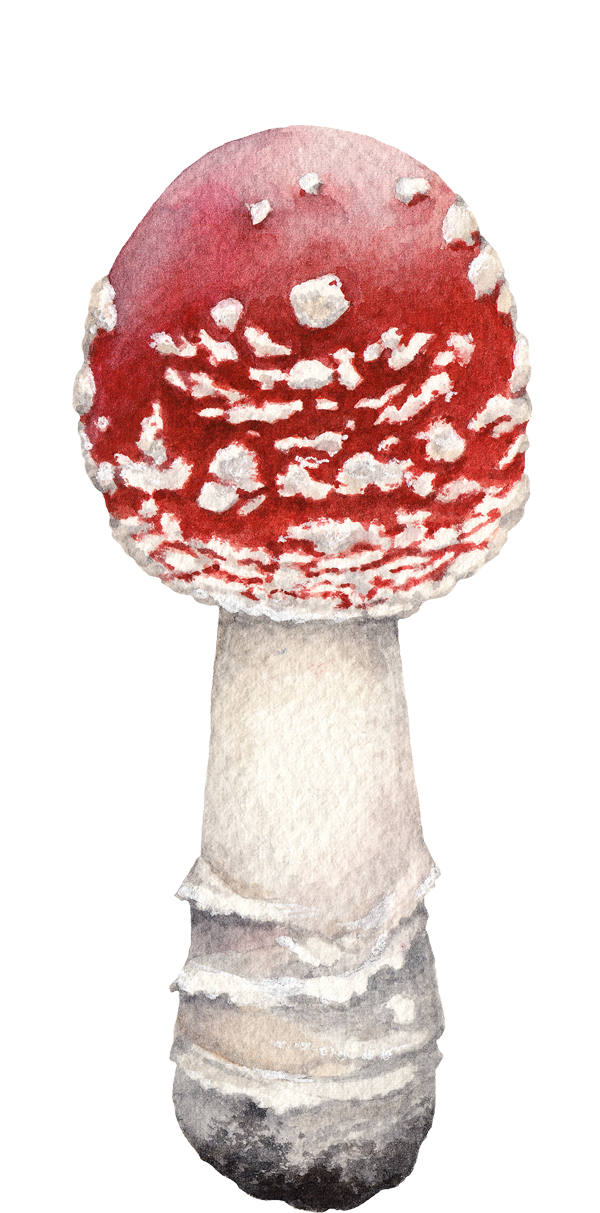
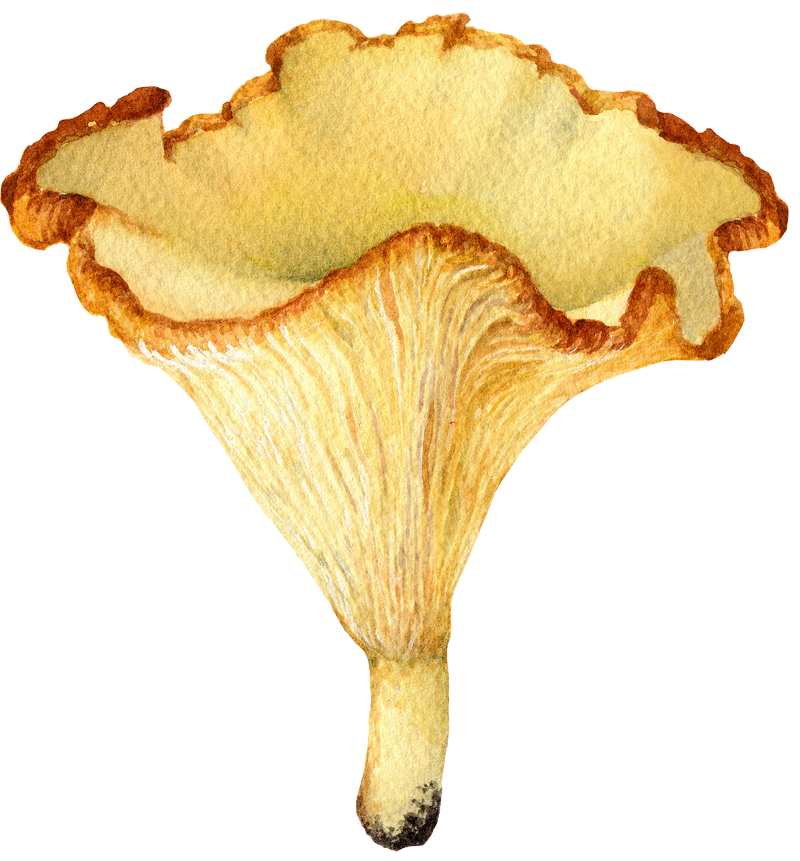
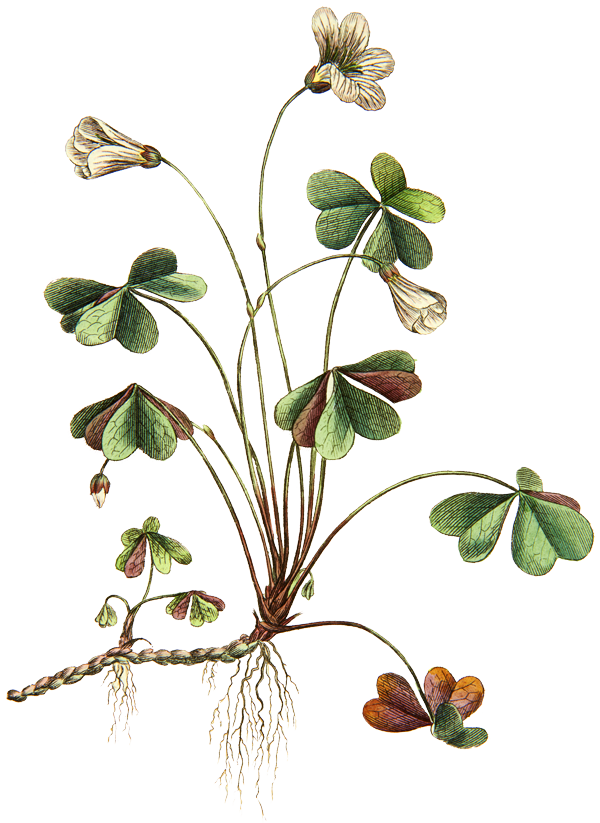



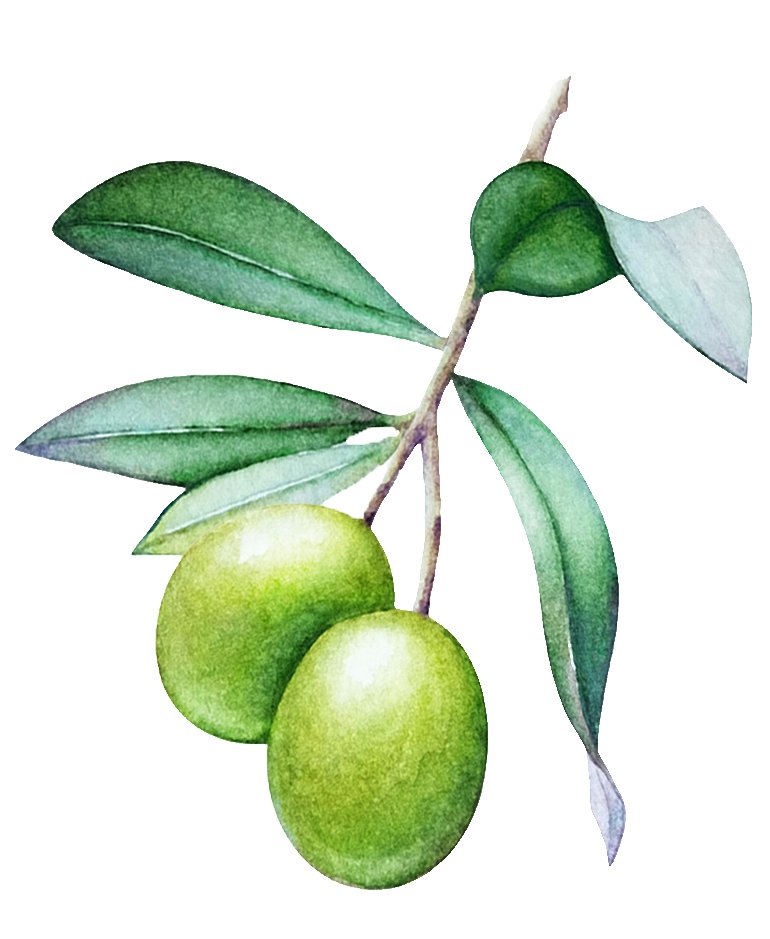
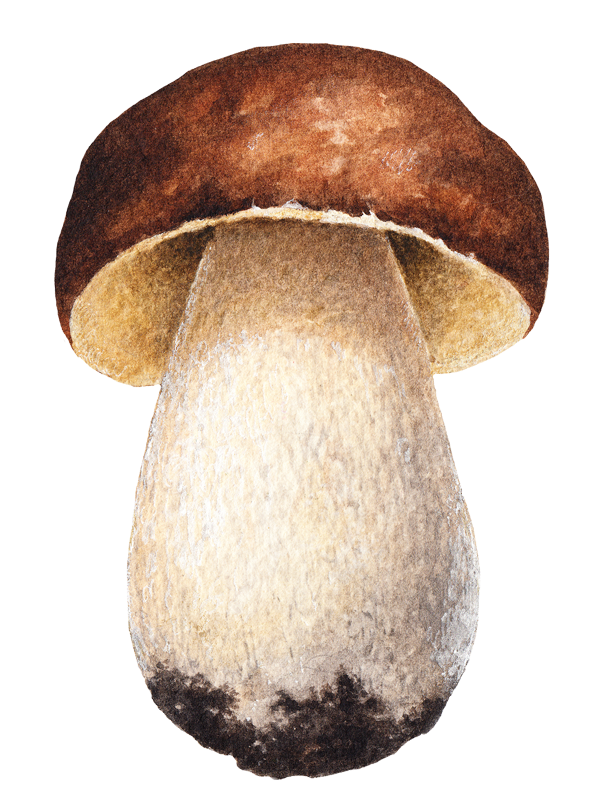




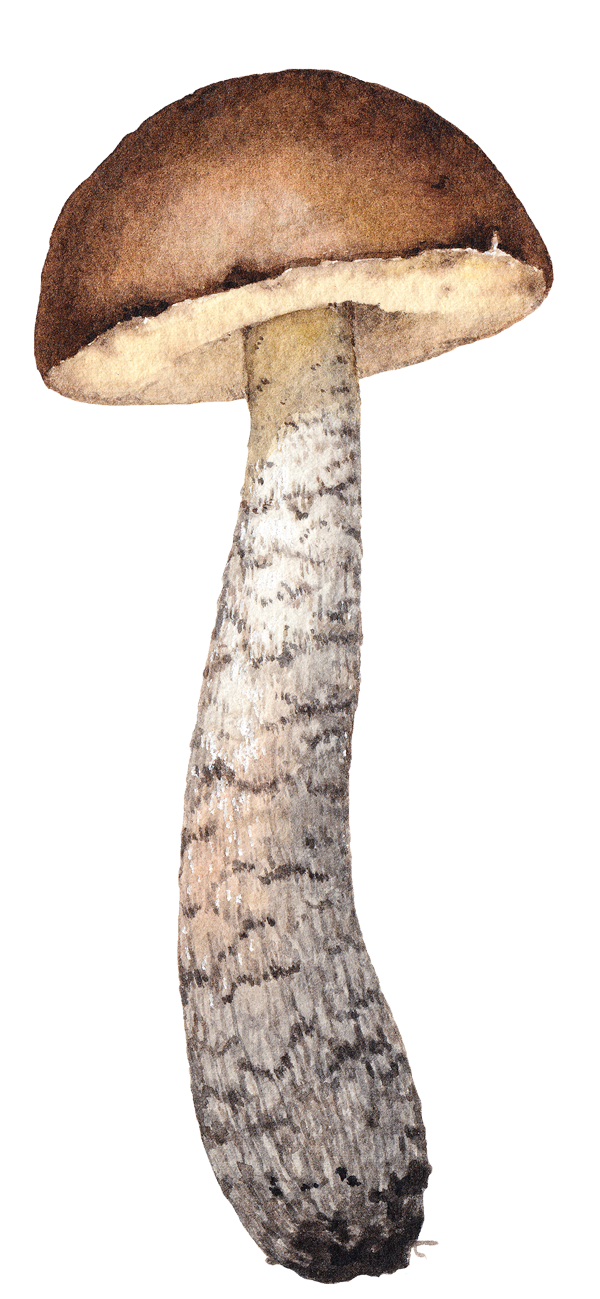



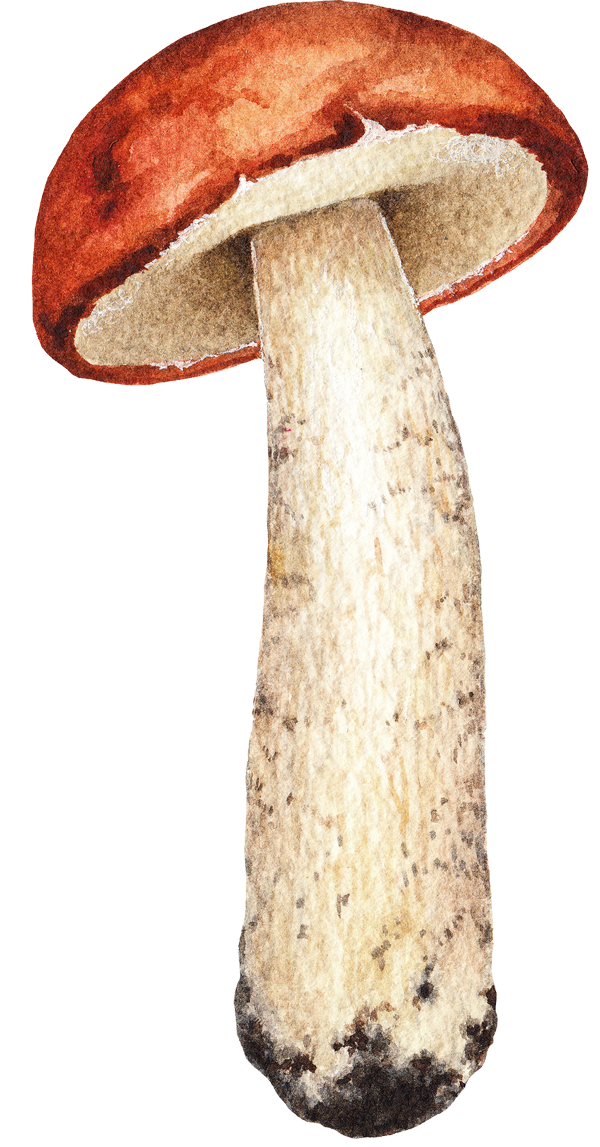
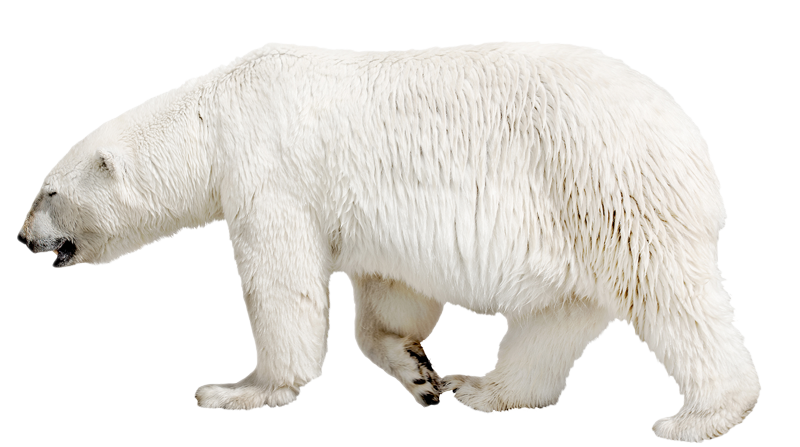
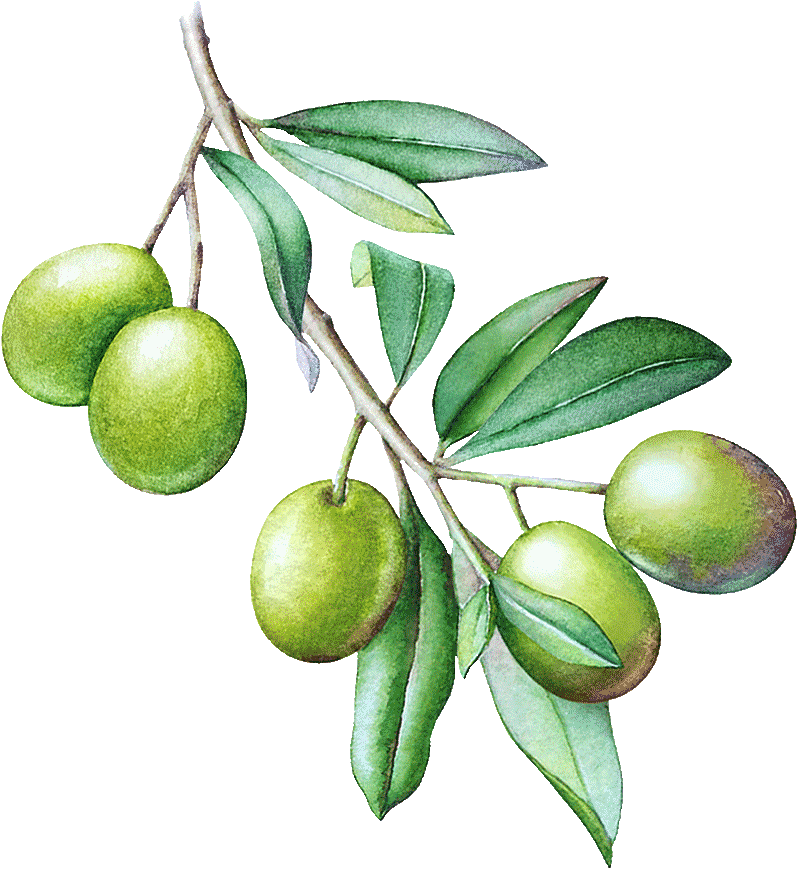
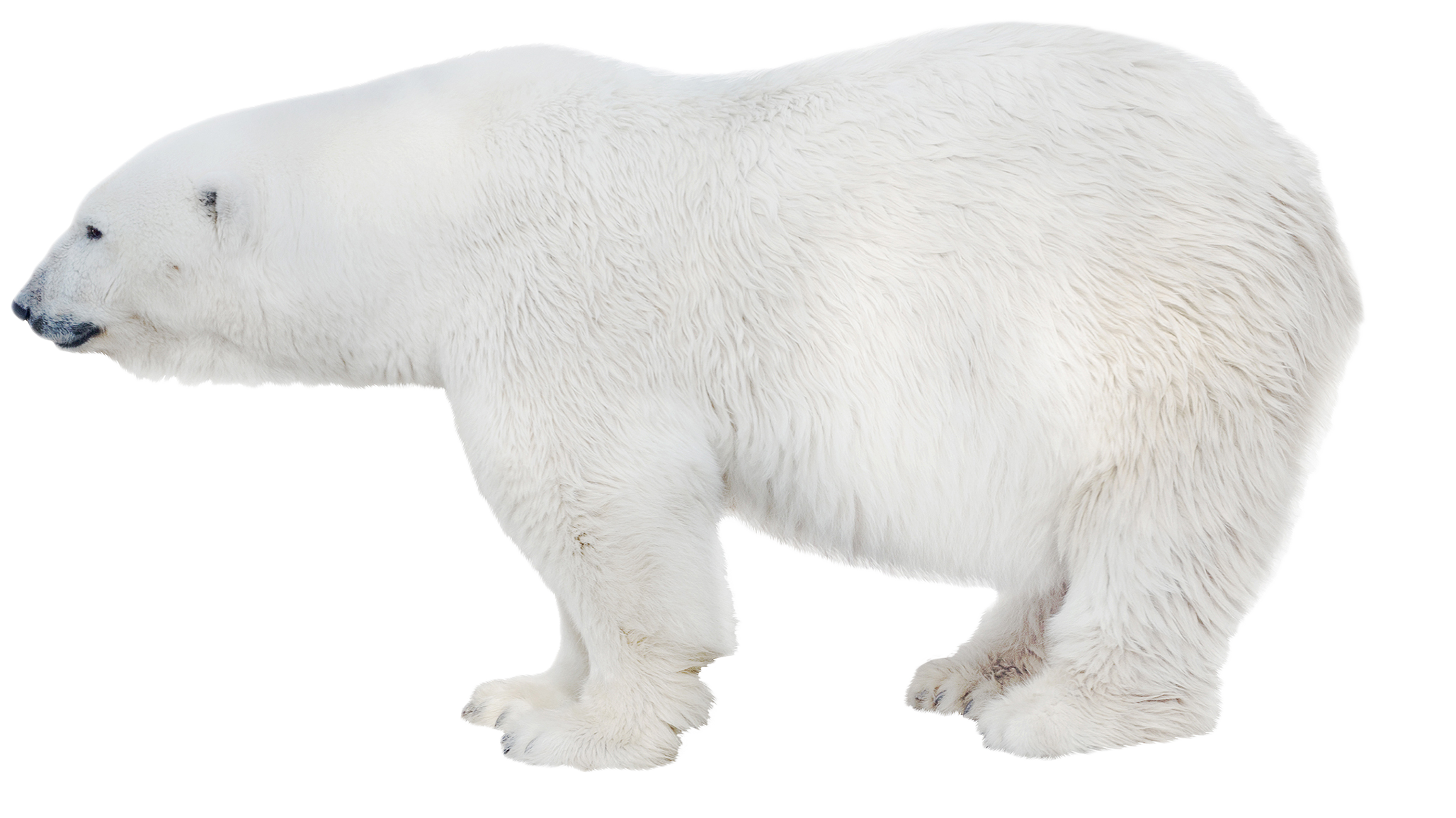




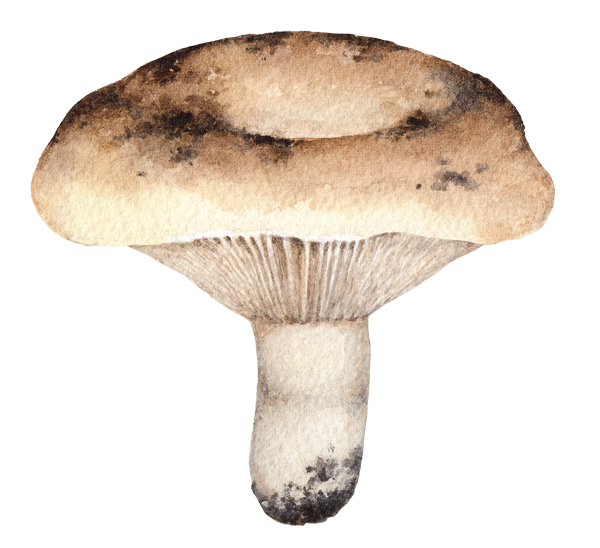
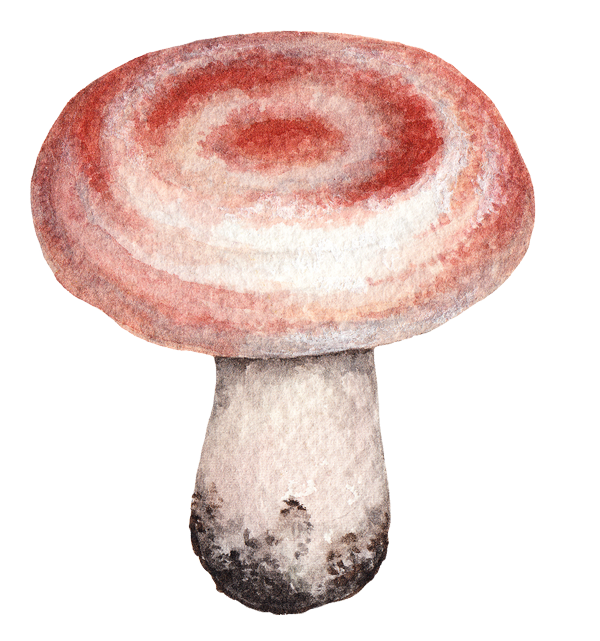
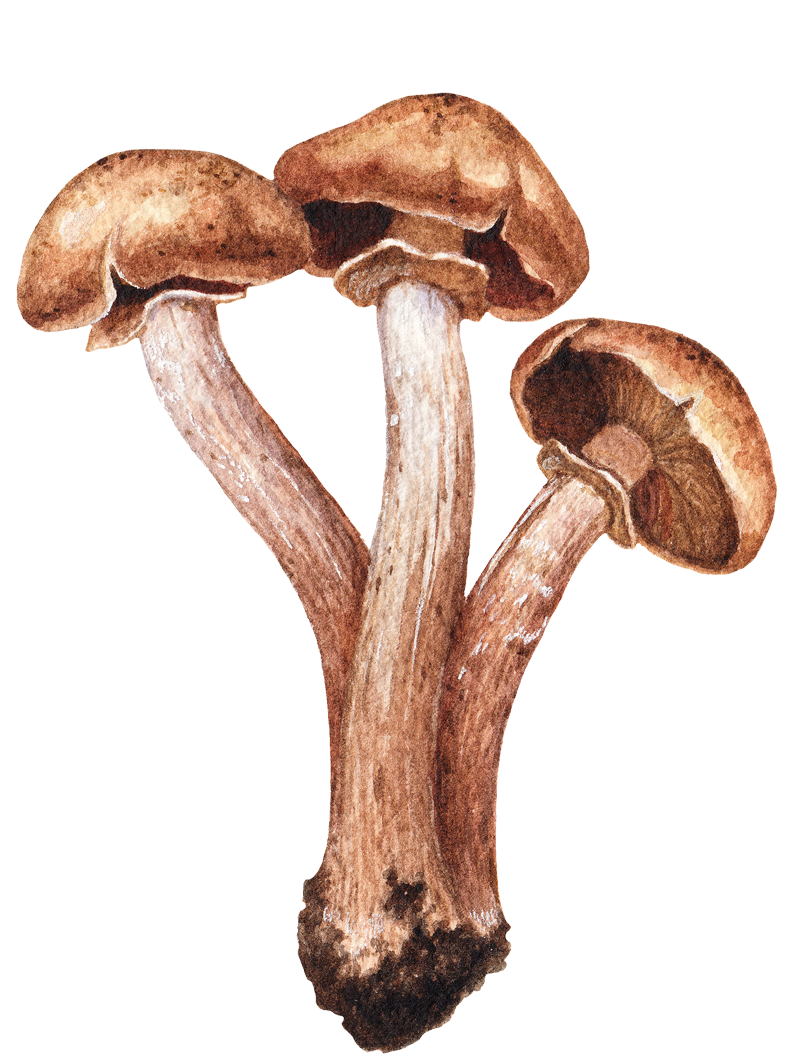
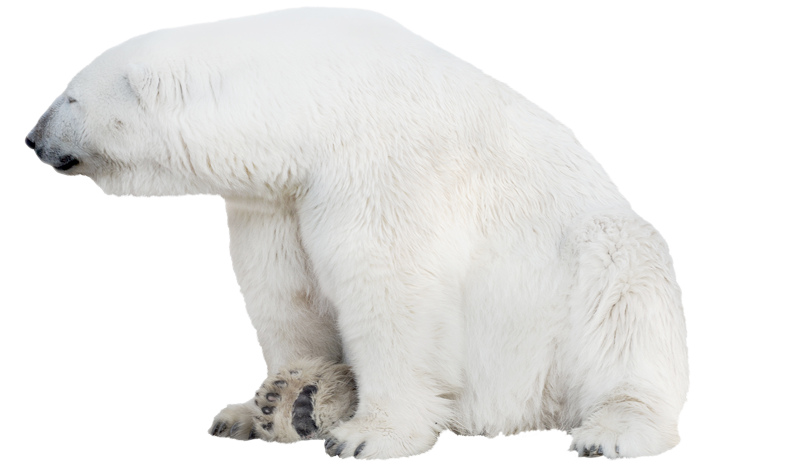

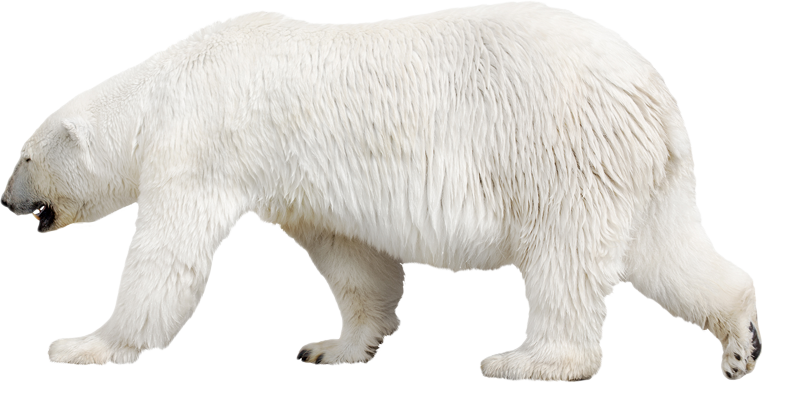




Artist
Éliane Radigue
Tania León
Ye-eun Min
Seulgi Lee
Young Joo Lee
Jia Chang
Jeon Mirai
Eunji Cho
Christina Kubisch
Shiva Feshareki
Yang Ah Ham
V
Jia Chang
Eunji Cho
Shiva Feshareki
Yang Ah Ham
Jeon Mirai
Christina Kubisch
Seulgi Lee
Young Joo Lee
Tania León
Ye-eun Min
Éliane Radigue
Credit
Booking
JIA CHANG
Switch, 2014, Object (drawing), 266x315cm, Buffalo hide
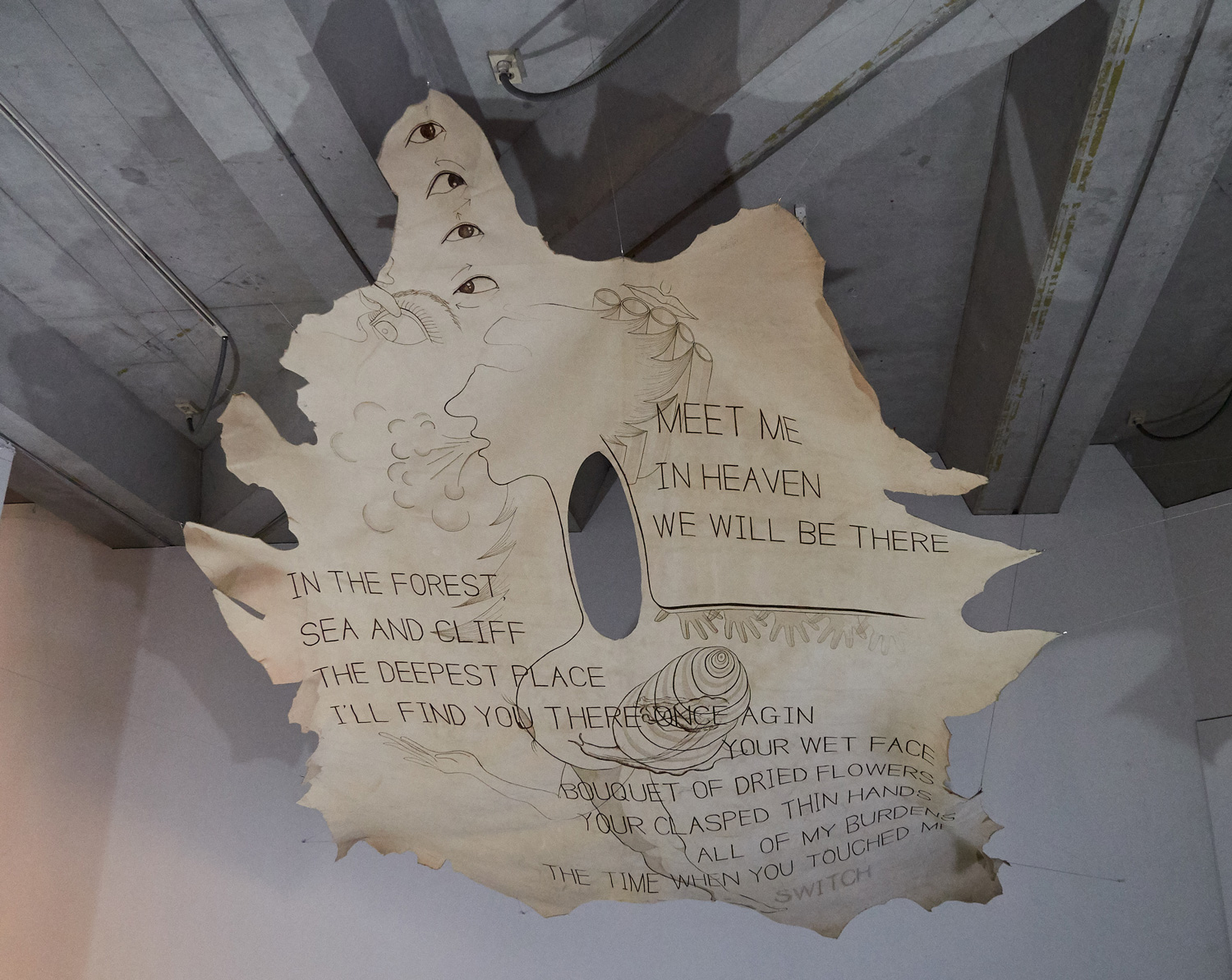
A poem and drawings by Chang are soldered onto the leather of a cow. The poem reflects on life and death in a moment when one seeks refuge from the pain of love and loss, longing to reunite with the lover who helped spark her inner self, against the backdrop of wind, ocean, and cliff. Under the dystopian circumstances today, the work feels more realistic than ever. The drawings in the work explore the artist’s natural instincts such as sense, taste, emotion, and sexual orientation that are untamed and uncontrolled by conventions. Each element is drawn with a smoldering iron, reeking the burning smell of skin of an animal that was once alive. At first, the leather attempts to protect the flesh that is no longer underneath, but ultimately gives in to the heat as it shrivels. The skin is then filled with fragile and delicate stories that cannot be easily shared with others, only revealed onto the surface through a closer look.
Red Drawings-Project, 2020-2021, Object (postcards, text for recitation), 15x21cm each
Red Drawings-Project sends postcards to those who continue to live in isolation during the pandemic. The artist draws her everyday life on a small piece of paper like an illustrated diary, and shares the changes in her life and emotional state with others through this analogue medium. Those who receive the postcards can respond in their own manner, whether in one-on-one communication with the artist or in open conversation with the general public. This organic form of communication not only overcomes the physical limitations of a conventional art space, but also allows the viewers to experience the slow and intimate connection between people in an age saturated by digital media. The majority of participants in the project live overseas, and the work hopes to provide an opportunity to deeply reflect on the meaning of life through the act of empathy and care.
The Collected Memories, 2021, Sound, 2 min, 30 sec
Because she is not skillful with audio, many of Chang’s previous projects simply ended up as noise. The artist understood how such noise may not appeal to the audience, and therefore, for this work, she only collected sounds that may evoke positive memories. The sounds in this work would have been considered familiar, everyday noise even a year ago, but feel rather distant now in the age of the pandemic. The sounds were edited from video footages filmed by the artist in the past. From the bells chiming from a cathedral in a small Italian village, music from a jazz club, the sound of making a wooden sculpture, a hungry stray cat licking on food, to the tuning sound of an orchestra – the once mundane but beautiful sounds of everyday life remind us of the precious and valuable moments from the past.
Biography
Jia Chang (b. 1973) Jia Chang received a BFA and MFA degree at Korea National University of Arts’ Department of Fine Arts. She presented 9 solo exhibitions including Don’t Care If You Give Me the Evil Eye (DOOSAN Gallery, Seoul, 2020), Omerta (Alternative Space LOOP, Seoul, 2007), Where is the center of gravity? (Art Sonje Center-Seoul Art Cinema, Seoul, 2004) and participated in multiple group exhibitions such as Korean video art from 1970s to 1990s-Time Image Apparatus (MMCA, Gwacheon, 2019), Feasts on paper (Fengxian Museum, Shanghai, 2019), and Move on Asia: Oriental Metaphor (Alternative Space LOOP, Seoul, 2012). The artist was awarded the Korea Artist Prize (MMCA, Seoul, 2014) and Doosan Yonkang Artist Award (Doosan Foundation, Seoul, 2012). She also took a part in Doosan New York Residency (2014) and MMCA Changdong Residency (2006).

EUNJI CHO
Song for My Twin Octo-8, 2020, Video (sound),
10 min, 15 sec
Through my relationship with the black ink fish (octopus), I imagine the emergence of a new language, for a new kind of existence that disrupts the narrow-minded ideologies of our anthropocentric world. Humans have continued to ignore the language of the Earth and have forgotten what they needed to be. The language that centered around humans now seems like the stale nostalgia of last century. The language of this new existence is a tainted and hybrid language, which is only made possible through failure, and by escaping the perfect language.
Practicing this hybrid language, the performers shift away from the space of humans to sing a song for the octopus in the water. This song is an altered form of communication that is difficult to comprehend, and physically unsustainable in a new space. It is without a beginning or end, and escapes the structures of the past, present, and future. It is a language without boundaries between the self and others, subject and object.
This project had to be modified from its original filming plan due to the unexpected conditions of COVID-19. I decided to proactively acknowledge this situation. I stayed in my place while the performers also performed from their respective places. I communicated the basic instructions to my performers in two places, Korea and Indonesia, and asked them to perform as they interpreted them. I accepted any element of chance that emerged from these two places, and after reviewing the video clips, allowed my own intentions to naturally diverge from the original plan. The process of this work involved many layers of change, but was ultimately a journey towards the freedom of language through failure and the chaos of change.
Octopus, 2021, sound,
4 min, 31 sec
Eunji Cho's sound work Octopus was produced in collaboration with two Indonesian sound artists DJ Danger Dope and MC Eloops. Octopus is a sound work re-arranged based on the beat of songs in the underwater in the artist's video work Song for My Twin Octo-8 (2020).
Producer: Eunji Cho
Arrangement & Beats, scratch: Danger Dope
Sound Recordist: Tomo & shutdub
Underwater Singing: Eloops
Bamboo Flute: Santo Klingon
Special thanks to Ressa Rizky Mutiara, Hong Cheolki
Biography
Eunji Cho (b. 1973) Eunji Cho presented 8 solo exhibitions including Dancing Between Two Earths (Alternative Space LOOP, Seoul, 2020), The Heat, The Wind (Art Space Pool, Seoul, 2017), FALLING EGGS (One and J. Gallery, Seoul, 2016). Selected group exhibitions include Anthropocene: Korea X Brazil 2019-2021 (Ilmin Museum of Art-Associação Cultural Videobrasil, http://videobrasil.online/Videobrasil Online Exhibition), Ecological Sense (Nam June Paik Art Center, Yongin, 2019), Immortality in the Cloud (Ilmin Museum of Art, Seoul, 2019, Looms & Battles (Total Museum, Seoul, 2018), Plastic Myths (ACC, Gwangju, 2015), Dtang, The Mud Said (Duesseldorf Festival, FFT Duesseldorf, 2012) and has also participated in the Netherland DCR residency in 2008. The artist currently features artworks that present the emergence of a language that exists in a new form, which dismantles the anthropocentric ideology through a relationship with a fish bearing ink(文魚, octopus).

SHIVA FESHAREKI
Vapour, 2020, Sound,
4 min, 37 sec
Shiva honoured as one of the most innovative composers of her generation. Vapour is part of her on-going engagement with cutting-edge electronic music culture – including the cut and paste sampling of drum’n’bass and jungle and other de-constructions coming out of London and Berlin’s music culture. Shiva's music is the outcome of a unique system of thought, which treats acoustic space and time as her sculptor’s material to be shaped, creating an intense tactile feel to works coaxed from her turntable technique. The sampling and replaying of her previous work using dub plates adds another meta-layer of meaning, the compositions in a perpetual state of re-manipulation. “The piece is called Vapour because the whole thing is processed through my analogue space echo and sounds like thick, electronically produced vapour” says Shiva.
Biography
Shiva Feshareki (b, 1987, London) Shiva Feshareki obtained a Doctorate of Music from the Royal College of Music, London and is an acclaimed Iranian-British artist. Presenting work through collaboration with electronic sound and classical orchestra, Feshareki explores the diverse context of experimental music which crosses a classical form and an experimental methodology border. The artist was a professor of the Royal College of Music during 2016-2017, and she has also served as a director of the Brighter Sounds: Both Sides Now in 2018. Recently, she participated in Electronic Music (Design Museum, London, 2021), Pioneras Electrónicas (Mexico City, 2020), New Music Biennial (Southbank Centre, London, 2019) funded by the PRS foundation, and in Ulverston Music Festival (London, 2010), National Youth Orchestra of Great Britain residency program.

YANG AH HAM
Empty World, 2020, Video (including sound), 3 min
“If ‘evolution’ in the past referred to the process in which our ‘internal organs (heart, lung, and etc.)’ gradually adapt based on solar energy, the term now signifies the process of adapting to the rapid changes of the ‘external organs (cars, airplanes, etc.)’ that rely on the Earth’s low-entropy. The unequal possession of external organs, along with the unequal possession of the low-entropy reserve that produce those external organs, are the origins of social conflict in an industrial society. This is in stark contrast to the relatively equal possession of internal capital.” – Herman Daly
Unlike solar energy, which seems unlimited, fossil fuel and the greedy competition to control its limited supply have caused major socioeconomic conflicts in modern industrial society and finance. However, if this socioeconomic realm continues to expand and ultimately converge with the boundaries of the ecosystem on the outside, society can no longer exist in this exhausted world. This present moment calls for a shift in values, from external growth to internal growth that allows for coexistence.
Biography
Yang Ah Ham (b. 1968) Yang Ah Ham lives and works in Korea, Turkey and the Netherland. Her interest lies in developing an art practice as a mode of social criticism. She focuses on individual lives and alternative social systems through her own experience in different societies. Ham has taken a part in various solo and group exhibitions including To the Wavering: 2020 Title Match Yang Ah Ham vs. Dongjin Seo (SeMA, Buk-Seoul Museum of Art, 2020), Undefined Panorama 2.0 (Alternative Space LOOP, Seoul, 2019), Trans–Justice (MOCA, Taipei, 2018), Asia Art Biennale (Taiwan National Museum of Fine Arts, 2017), Media City Seoul Biennale (SeMA, Seoul, 2016), Discordant Harmony (Art Sonje Center, Hiroshima MOCA, Taipei Kuandu Museum, 2015-16), and the Artist of the year prize show (MMCA, Gwacheon, 2013). She was awarded the Daum Prize (2004), and the Art of the year prize (Art council of Korea, 2005). Ham participated in Rijksakademie residency in Amsterdam from 2006 to 2007.

JEON MIRAI
POP !, 2021, Installation, Dimensions variable, Object (Circular cork, circular mirrors)
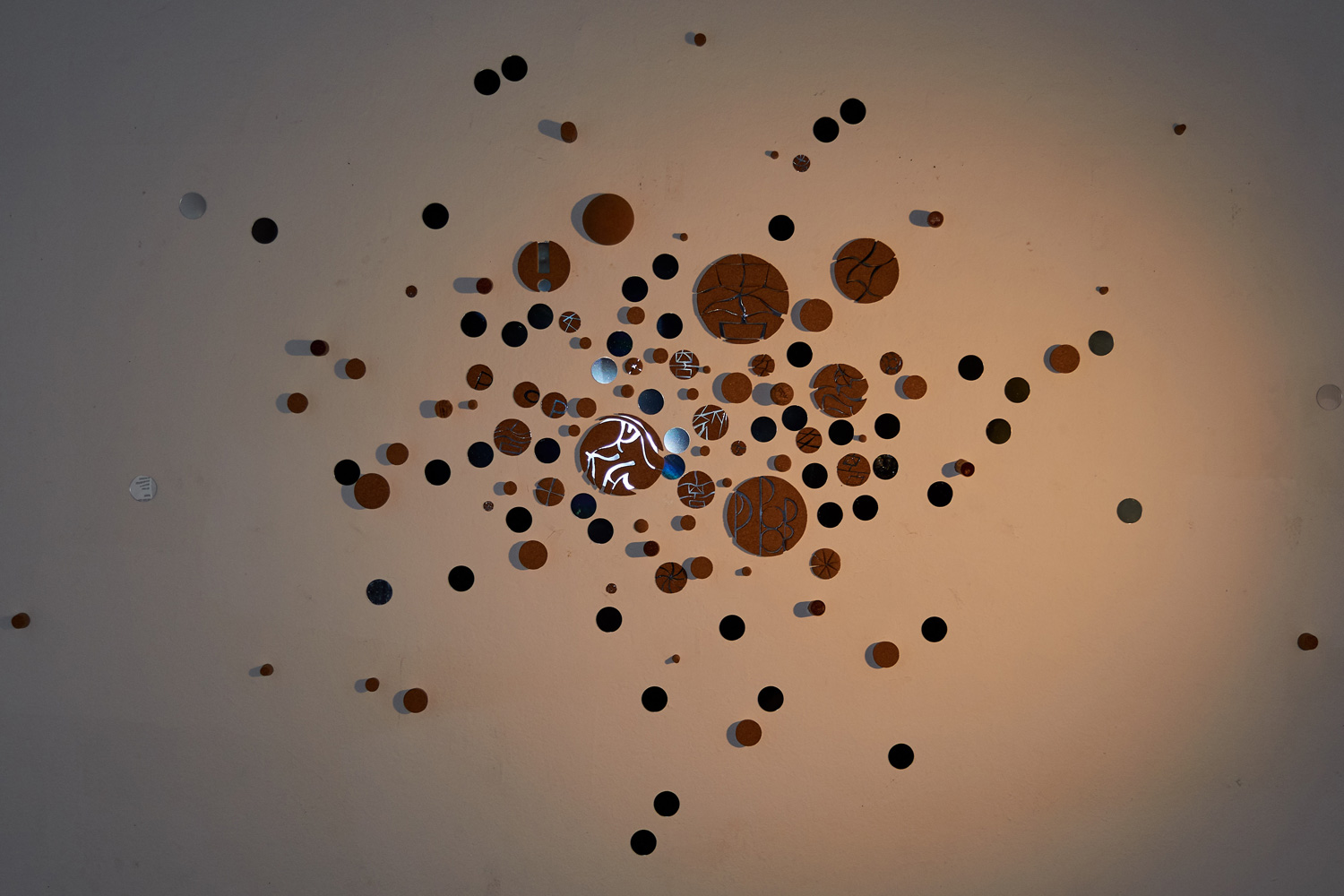
Circular mirrors arranged in the image of an open cork, with the Korean letters for “body,” “dance” and festival” exploding with a pop.
POP ! is an installation arranged in a circular form that evokes the shape of a “hole” or a smaller “yeast” or “bubble.” Whatever it may be, the circular cork is shown as if it just exploded with the sound of “POP !” The images spilling from the work represent different forms of communicating with the world. Letters including “dance,” “body,” and “festival,” shatter the cork as they reveal images of the outside through the mirrors.
Throughout time, “what spills through an open cork” has inspired the human mind and body to celebrate joy, dance, and art. It is something that is fermented, used in rituals and ceremonies to connect the living with the dead across time and space.
Fermentation generates immense fear by perilously pushing the body and consciousness to the threshold between life and death. The reason why well-fermented and aged things smell fragrant is because they have accepted the constant feeling of death, and therefore, has no fear. Everything becomes joy when one accepts all death. Joy flows and dance follows. This is the scent of fermentation. Authentic communication with the world begins through the scent of fermentation through the body.
POP ! POP ! POP ! The cork explodes everywhere, announcing the start of an intimate festival. This is a sound that echoes beyond the mix of you, me, and the world. POP ! Let the celebration begin!
A kind of Renassance, 2021, Sound, 3 min, 30 sec
Biography
Jeon Mirai (b. 1981) Jeon Mirai graduated from École Nationale Supérieure des Beaux-arts in 2009 and completed the post-diploma in 2010. During her master’s degree in sculpture art at Sorbonne University in 2012, she returned back to Korea due to her heart problem. She presented four solo exhibitions including Fermantation Party (Mimesis Art Museum, Paju, 2015) and took a part in group exhibitions such as Move: On the Spot (MMCA, Gwacheon, 2012), Random Access (Nam June Paik Art Center, Yongin, 2010). The artist participated in Gyeonggi Creation Center Residency Program from 2014 to 2015, and SeMa Nanji Residency Program from 2012 to 2013. In 2018, Jeon featured a performance which relates to ‘performativity’ in Hangang_Art in the Flow (Hangang art project, Seoul, 2018). She was involved in various art projects such as AlreadyNotYet (Korea National Contemporary Dance Company, Seoul, 2016) which she took a role in visual arts.

CHRISTINA KUBISCH
Tesla’s Dream, 2014, Sound, 22 min, 56 sec
a piece about wireless energy, copper coils, magnetic induction, remote controls and Nikola Tesla.
The figure of Nikola Tesla has fascinated me since a long time. He was the person who imagined wireless communication in an era when there was hardly electricity. He was the one who invented radio controlled devices and other new technologies beyond the generally known limits of technology. Tesla had been picking up radio signals in New York since 1895 receiving them as far as thirty miles away. He was not only an inventor whose work was the basis for the development of many electrical inventions and communication techniques of today but was as well a very special person, a visionary who was unable to realize many of his ideas because of money problems and as well his “difficult” character.
I discovered his work during my studies of electronics in Milan at the end of the seventies. In that period I started to use the system of electromagnetic induction for my sound installations. Tesla had invented and patented the first telephone amplifier in 1882 in Budapest and, without knowing about its origin, I used a simple telephone amplifier with incorporated small coils to listen to the sounds in my installations. Later on my work with electromagnetic induction had developed into the series “Electrical Walks”, city walks with special headphones which make audible the usually hidden electromagnetic fields around us. In 2012 I visited the small museum of science in the city of Kosice in Slovakia. The museum had many Tesla devices in their showroom and I got a special permission to test them. I listened with my special induction headphones to the Tesla machines and was fascinated: a thunderstorm of electromagnetic sounds.This was the moment when I decided to make a piece about electrical remoteness.
Tesla grew up in a small village in Austria (now Croatia) where electricity, radio, cars, telephones, movies etc. were unknown in the time of his childhood. As a boy he loved nature more than everything else. But already at the age of 36, in 1893, his inventions made it possible that the world expo in the city of Chicago was illuminated by one hundred thousand electrical lamps.
The new technologies concerning light, radio, radar etc. were developing with an incredible speed since then just as today the components of the digital world.
I always asked myself what Tesla would have thought about internet, google, twitter, facebook, apps etc. Was this the vision he had in mind when he invented his system of wireless transmission of electrical signals? His working places were full of big heavy coils, oscillators, metal towers etc. by which he tried to transfer energy without wires. Today we almost forget that digital communication and storage is not based only on invisible remote waves in the ether but that it needs server rooms which are much bigger and heavier than Teslas equipment.
“Teslas Dream” opens with the sounds of an original glass harmonica and sounds of magnetic fields recorded in an old Austrian train station, followed by the electrical melodies of old Tatra tramways in Bratislava (now almost disappeared). The sounds of discharges and activities of Teslas devices gradually come in. During the piece the electromagnetic signals change from the sounds of analog machines to the more actual fields of light systems, security systems, power lines, banks, subways, airports, power stations etc. Various electrical signals of digital communication slowly merge in and change again the sound structure. The composition ends with the sounds of a luminous advertising, recorded in a shopping centre in Las Vegas, accompanied by the faint vibrations of other signals from the ether.
Tesla wanted to reach the most remote places of the earth with electrical energy. Nothing today is remote anymore.
The glass armonica (an original instrument from the 19th century) was recorded at the Musikinstrumentenmuseum in Berlin. All other recordings were made with electromagnetic headphones and other custom made devices developed by Christina Kubisch. The original electrical field recordings were made in Austria, Germany, Slovakia, Britain, Czech republic, New York and Las Vegas.
Produced in Studio Hoppegarten and Visby International composer centre Sweden in 2014/2015
Sound engineering and mastering: Ecki Güther
Biography
Christina Kubisch (b. 1948, Bremen) Christina Kubisch represents the first generation of German sound artists. After studying painting, music, and electronic engineering, she has worked in a variety of activities in Europe and around the world, mainly in Berlin. She mainly presents performances and media works of the 1970s, and has been working on sound installation and sculpture using ultraviolet rays. In the late 1970s, Kubisch began working on electromagnetic induction, and produced her first sound installation in 1980. In 2004, she introduced Electrical Walks in Cologne, a work that focused on electromagnetic waves generated throughout the city as public art. She devised special headphones that converted the electromagnetic waves in the city, which existed as particles in the air, into audio signals. Audiences wearing headphones walked around the city and heard new sounds generated by interactions between electronic devices. This work was also carried out in Berlin, Karlsruhe, Bremen, Oxford and New York. Since 2003, the artist has collaborated with various musicians and dancers and participated in exhibitions and festivals, including Blurred Edges Festival (Hamburg, 2015), White Walls Have Ears (Hong Kong, 2012), Invisible Geographies: Sound Art from Germany (New York, 2006). In 2008 she won the Honour Award of the German Sound Art Award Prix Ars Electronica.

SEULGI LEE
ONG GI JONG GI, 2021, Performance
People sing a song while sitting on 9 Korean jars of “Cheonggyecheon water” collected around the beginning of the first snowfall in Seoul in winter in December 2020.
Seulgi Lee, The Island of Women or ÎLE AUX FEMMES, Video (sound), 2019, 13 min
There is a small island that can only be reached at low tide from Penvénan, a region on the northern coast of Bretagne, France. It is “l’ÎLE AUX FEMMES,” which resembles the shape of a male penis. There, the artist listened to a song in the 1950s with obscene lyrics sung by women in Nantes, Bretagne. It was recorded by ethnic musicologist Patrice Coirault. It was the song that was in a dialect strong enough not to be recognized in French. The artist began to study the obscene songs sung by women which are no longer oral, and made new songs based on the lyrics. The video work shows two young women singing while traveling around the “The Island of Women.” They sing while feeling nature away from computer screens and boring labor. People sing. Amusement is also the essence of people.
Sound - Anne Laure Vincent, Clémence Mimault
Video recorder - Pierre-Philippe Toufektchan
Production Support - La Criée Centre d’art contemporain de Rennes
Biography
Seulgi Lee (b. 1972) Seulgi Lee lived in Paris since 1992 and her work focuses on the practice of comprehensive craft, intersection and correlation with language via her own experience. Including the experience in Mexico and Morocco, she has built a contemporary formative language, including the work of visualizing Korean proverbs in geometric patterns by utilizing quilts as a medium (cooperated with quilted quilt artisans in Tongyeong). Solo exhibitions of her work have been organized through WE ARE NOT SYMMETRICAL (la Casa da Cerca art centre, Almada, 2020), SOONER’S 2 DAYS BETTER (La Criée centre d’art contemporain, Rennes, 2019), DAMASESE (Galerie Jousse Entreprise, Gallery Hyundai, 2017-18), and has taken a part in group exhibitions such as The moment of ㄱ Giyeok (first Korean alphabet)* (Seoul Arts Center, Seoul, 2020), Born, A woman (Suwon Museum of Art, Suwon, 2020), Busan Biennale (Museum of Contemporary Art Busan, 2020). Lee is currently presenting a DONG DONG DARI GORI PROJECT (Korea Artist Prize, MMCA, Seoul, 2020), and she is preparing for the group exhibition Accélérations (Centre Pompidou, Paris, 2021), which will be held following year.

YOUNG JOO LEE
Jaguar’s Vision, 2021, Video (Digital Animation),
3 min, 40 sec

Jaguar’s Vision is a short animation film narrating an encounter between four humans living in a jungle and a jaguar. In the past, humans continued to live as a part of nature – learning from nature, revering nature, and understanding nature in its wonderous existence. Nature was a realm of life in which humans can gather food and sustain life, but at the same time, a realm of cruel and ruthless competition in which different elements threatened their survival. Humans have survived in nature through cooperation. The current global spread of COVID- 19 proves that cooperation between both individuals and collectives remains crucial for human survival even in contemporary times. As humans cemented their position as the dominating species in nature, they became the fearless of the world. However, the power dynamics between humans and nature still persists through the conflicts between individuals, collectives, nations, and races. Through this work, I wanted to question what humans have lost in relationships with one another at the cost of declaring themselves as the dominators of nature, and by so doing, understand the origins of chaos we are experiencing today.
In Jaguar’s Vision, the jaguar represents nature, which was once revered as sacred by humans (Jaguars are considered sacred in South America). By turning jaguars into objects and commodities, humans exploit nature as a mirror onto which they project their desires. In creating the animation, I referenced the realistic yet frozen look of dioramas in natural history museums. Sound for the film was edited by sound designer and musician, Christian Amigo.
Black Snow, 2019, Video (Digital Animation),
11 min, 10 sec

From 1946 to 1958, the United States government conducted 67 atomic bomb tests in the Marshall Islands. Black Snow is a tale based on the archival footage of these tests and the on-going threats imposed on the lives and of the native people and the natural environment of the islands. The native islanders who were living further from the Bikini Atoll (the site of the first atomic test - Operation Crossroads) were not aware of the devastating effects of the radiation at the time of the test as they were not informed properly. It is told that some natives mistook the nuclear fallouts as snow and ate them. After the tests, the US officials advised the natives not to consume the local food, such as coconuts, which were part of their staple diet. Instead, the US government provided processed and canned food, which increased the rate of diabetes, obesity and other health issues of the native population.
The concrete dome, called the Tomb by the locals, is hiding the nuclear waste buried after the series of tests. Due to the rising sea level and corrosive sea water, the concrete has gotten cracks and it is releasing toxic materials to the ocean and the land. The concrete dome was supposed to last for 20,000 years. After 60 years, the radiation generated by the series of atomic bomb tests threaten the Marshallese and the ecosystem of the Pacific ocean.
Magic Kingdom, 2020, Web-based game
“Success” is the name of a cologne by former President Donald Trump’s brand. On Amazon it has over 700 reviews and Lee plays with these in the game as a commentary on notions of American freedom, masculinity, and economic success in a kingdom of capitalist automatons. In the game, the cologne bottles are lined up like soldiers guarding Trump castle, a distant but menacing specter of economic power. Yet the cologne bottles are rendered as two- dimensional, thin and feeble; you can knock them over like a house of cards reminiscent of Alice’s encounter with the playing cards guarding the palace of the Queen of Hearts. The emasculated soldiers/cologne bottles/playing cards serve to protect the power of the monarch despite their flimsy reality. The user is immersed in this sea of cologne bottles, left to wallow in the absurdities of American capitalist ideologies, and ponder whether one can truly purchase “success.”
Song from Sushi, 2016, Animation music video, 4 min, 47 sec
Song from Sushi is a music video featuring music and lyrics by Lee. The lyrics were written as a response to the blatant sexual comments targeted at Asian women, which the artist experienced on a daily basis during her years studying abroad in Germany. Displaying her body on rotating sushi plates, she invites others to consume her body by presenting herself as a delectable delicacy like the thinly sliced pieces of fish. At the same time, she reminds the consumers that what they consume is only a temporary, futile fantasy. In the latter half of the song, the artist expands beyond the subject of sexual discrimination to address the issues of race, as well as other stereotypes and misjudgment of others, singing about how these factors limit the relationship and experience between humans.
Biography
Young Joo Lee (b. 1987) Young Joo Lee graduated in Painting from Hongik University in Seoul, received a Meisterschüler in Film at Academy of Fine Arts Städelschule Frankfurt and an MFA in Sculpture at Yale University as a Fulbright Scholar. Her work focuses on personal and collective experiences of the contemporary era, and the intersections of these with mythological symbols and narratives. Based on those ideas, she writes and creates different mythological or sci-fi tales as animation, performance and drawing. Lee’s solo shows include MINE (Ochi Projects, Los Angeles, 2018), The Survivors (Basis Projektraum, Frankfurt, 2014). She took part in group exhibitions such as AUTOSAVE (Common Center, Seoul, 2015), Curitiba Biennale (Curitiba, 2013) and more. Lee has participated in a number of residency programs including Open Sessions (Drawing Center, New York, 2018-20). She is currently a Harvard Film Study Center Fellow (Harvard University, 2020-21) and was a Harvard College Fellow in Media Practice (Harvard University, 2018-20).

TANIA LEÓN
Horizon, 2008, Sound,
8 min, 56 sec
Tania León composed Horizons for the NDR Symphony Orchestra in Hamburg, and it was conducted by Peter Ruzicka at the Hammoniale Festival in July 1999. In August 2000, the song premiered in the United States at the Tanglewood Music Festival, conducted by Stefan Asbury.
The artist creates compositions that combine various genres, including Latin American music, jazz and gospel music, with contemporary technology. Born in Cuba, León's music incorporates Cuban culture, dancing is a daily routine. She compares the development of her song to riding a bike, and says that movement, not rhythm, is a major component of her composition. In her music, rhythm and development are linked to physical movement. León's composition is completed in the way with contemporary grammar, technical perfection, elaborate vocabulary, and dense rhythm layering.
León is a composer and conductor based in New York. She says she always had to face prejudices about her gender and race. “It's not uncommon for a woman of my skin color to conduct serious music. I had to be twice as good as the male conductor, to be recognized.”
Biography
Tania León (b. 1943, Havana) Tania León, a composer and conductor, is recognized for her accomplishments as an educator and advisor to arts organizations. Based in New York, she has played important roles at New York institutions, including New Music Advisor. She is the founder and artistic director of Composers Now, which supports composers living in New York City. The artist’s recent premieres include works commissioned by the New York Philharmonic, the Los Angeles Philharmonic, the International Contemporary Ensemble, and Ursula Oppens with the Cassatt Quartet. Tania León’s honors include induction into the American Academy of Arts and Letters and the American Academy of Arts and Sciences, recognition from the Fromm, Koussevitzky, and Guggenheim foundations, the ASCAP Victor Herbert Award, and the United States Artists Fellowship (2018). She is currently a Distinguished Professor Emeritus of CUNY.

YE-EUN MIN
ige majna(Is This Right), 2021, Video (sound),
3 min, 14 sec
Transmitted by word of mouth through generations, folk songs can only continue to pass down if it sparks “empathy” among the contemporary generation. Folk songs are like the stories of life, and the sounds of life. With the changing times, however, the traditional folk song genre of labor song is on the verge of vanishing into history. Could Is This Right continue to pass on as a folk song? In order to expand the voice into the realm of others, the song delivers the sound through the voice of others, rather than the self.
What would it mean to compose the lyrics as a question? The dictionary defines a “question” as an “interrogative expression used to find out about something,” but in Is This Right, the question is not aimed to elicit an answer. The question cannot be answered, since there is no certainty in the answer, nor any obligation to answer. The question itself is whether it should be answered at all. The questioning must go on. The question has been continuously asked, continues to ask, and will continue to be asked. Perhaps, through the question, each of us can at least get a sense of the direction to which we should or should not be headed.
Is This Right adds new lyrics to the sound of Saseol Nanbongga, a traditional folk song from the northwestern region of Korea. The sound is performed by students of the National Middle School of Traditional Korean Arts.
Producer: Ye-eun Min
Composer: Unknown (Saseol Nanbongga, Hwanghae-do Folk Song/Minyo)
Lyrics: Ye-eun Min, Geon Choi
Sound instructor: Sejeong Oh
Sound: Students of the National Middle School of Traditional Korean Arts (Kyuri Kim, Yeowon Kim, Yeju Noh, Eunbi Sung, Jiwoo Ahn, Hyeonseo Yoon)
Sound recorder and editor: GROOVE N BALANCE
Video Editor: Nara Shin
Biography
Ye-eun Min (b. 1986) Ye-eun Min received her bachelor's and master's degree from École Supérieur d’Art Clermont Métropole in France. The artist held four solo exhibitions including Unpredictable Invisibility (Alternative Space LOOP, Seoul, 2019), Sens Dessus Dessous (Korean Cultural Center, Paris, 2015), also participated in several group exhibitions Time Reality: disconnection, trace, oblivion (Coreana Museum of Art, Seoul, 2019), De la nature des liens (Cabane Georgina, Marseille, 2017), ita, ita, ita (Cheonan Arts Center, 2017). She participated in Triangle Arts Association in New York in 2019, MMCA Goyang Residency in 2018, Cite International des Arts in Paris in 2015. Min's work begins with the concepts of contradiction, discomfort, disorder, dispersion, dissonance, interference and so on which arise from heterogeneous culture. Artworks as entities form relationships and inflict influences on each other. Through numerous efforts in trying to find a balance, they’ll reach equality. Min mixes diverse media to homogenize them, and explores social interactions and exchanges, while looking for the adequate territory for cultural sharing.

ÉLIANE RADIGUE
Biogenesis, 1996, Sound, 21 min
Éliane Radigue recorded the movements of fetus when she was pregnant with her son and when her daughter was pregnant with her first grandchild. She recorded the pulse and heartbeat as a material and composed Biogenesis, using only a stethoscope, a microphone, and an ARP synthesizer. The work considered the gradual change of high-frequency notes and the way the musical narrative develops. The title of the work Biogenesis refers to “Biogenesis,” the theory that living creatures must come from living things. This concept is contrary to the “Spontaneous Generation” theory that God created living things.
Radigue converted to Tibetan Buddhism in the 1970s and practiced with Pawo Rinpoche Guru for three years. She discovered that there was a lot of potential in the way ARP synthesizers interpreted notes as if they meditated on them. She created the sound by slightly changing parameters such as frequency and modulation, up to 40. It was Radigue’s own composition method, contrary to the twelve-tone technique of the male composers Pierre Schaeffer and Pierre Henry, who were the masters of concrete music. Radig says, “My composition has always avoided dramatic changes, and this is still the rule. All notes change very slowly. They develop so slowly that you do not even notice that they are changing.”
Produced by Eliane Radigue in Paris in 1973
Digital mastering: Luke Martinez, CIRM
Biography
Éliane Radigue (b. 1932, Paris) Éliane Radigue, based in Paris, was impressed by listening to concrete music artist Pierre Schaeffer's L'étude aux chemins de fer on the radio. She learned to manipulate magnetic tapes and mastered tape feedback techniques while working with Pierre Henry, another leading artist of concrete music, at the Studio d'Essai of RTF Paris, the French national radio and television station studio. In the 1970s, the artist immigrated to the United States, and she composed a "deliberately slow" sound that combined the beats of ARP 2500 synthesizers at New York University, the University of Iowa, and CalArts music studios. After she became a Tibetan Buddhist in 1975, she began to publish her La Trilogie de la mort in 1988. Her sound work is characterized by repeated feedback and loops based on precise and accurate details. She still continues to create acoustic sound works in close collaboration with musicians she interacts with around the world. In recognition of her over 50 years of her achievements, she won the Golden Nica Award at Ars Electronica in 2006 and the Giga-Hertz Award for Electronic Music at ZKM, Germany in 2019. She is regarded as one of the most influential pioneers of electro-acoustic music.

Credits
Curatorial Team
Curator: Ji Yoon Yang
Project Manager: Sun Mi Lee
Coordinator: Juri Kwon
Publicist: Dayoung Kim
Assistant: HyeRinn Yun
Media Design: Nara Shin
Technician: Seoul Open Media
Design Team
Art Director: Dohyung Kim
Design: Rockhyun Kim, Haerim Yang, Yumin Lee
Web: Xhon Lee, Yerim Bak
To prevent the spread of Covid 19, this program will limit the number of visitors to 6 per time. Please click the link below for reservation.
Sponsors: Arts Council Korea, Goethe-Institut Korea, Cultural service of the French Embassy in Korea




TOP


